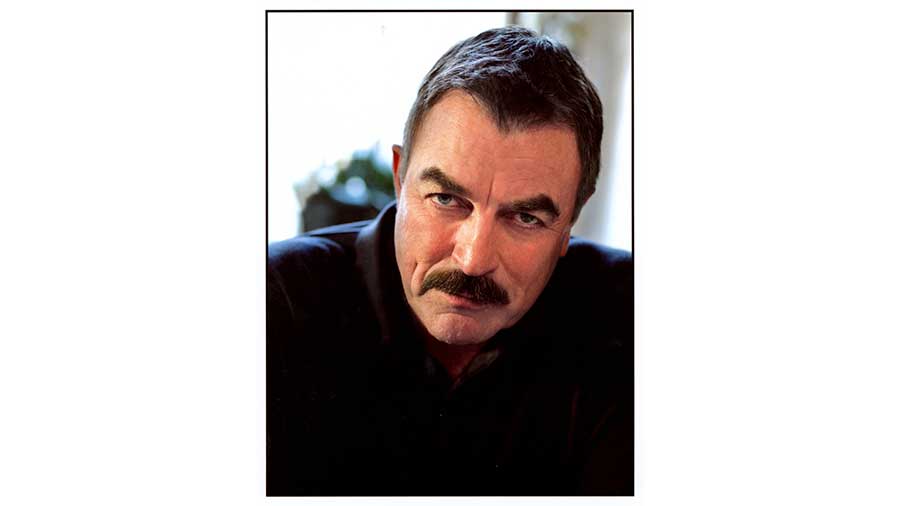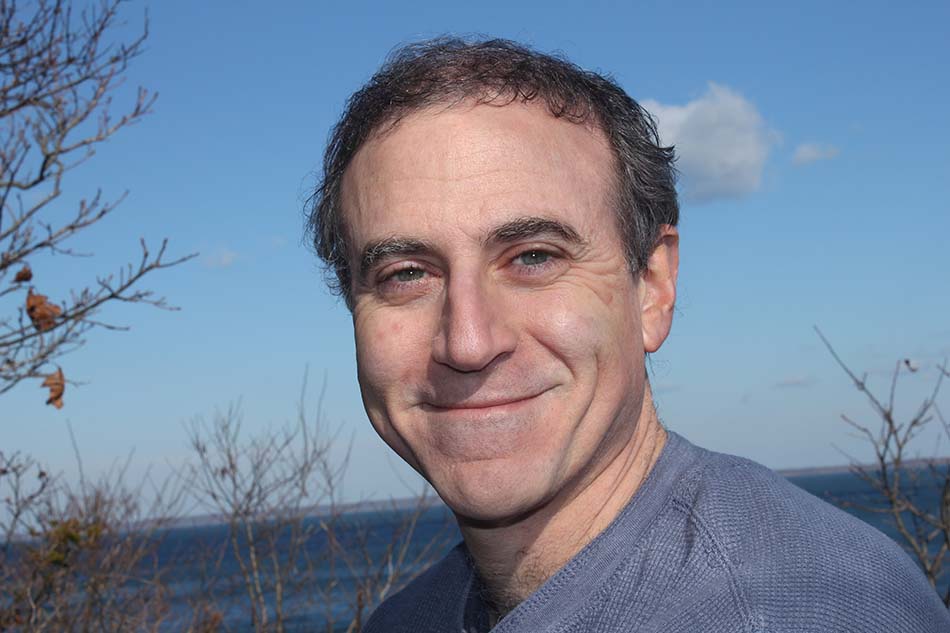For Tom Selleck, Work’s Been the Thing

Tom Selleck was in a real quandary, and his friend James Garner knew it. Selleck was 35, star of six unsold pilots, with a degree in business from USC, six years in the Army Reserves Infantry Division, two years in a 20th Century Fox acting program and lots of promising episode work in popular series — including a great turn in Garner’s hit show, The Rockford Files. And now Universal was offering him the title role in a promising new series called Magnum P.I. But something told Selleck he should turn it down.
The actors sat together in Garner’s van. Selleck had come to rely on Garner’s counsel, regarding him as a mentor. Selleck’s problem with Magnum was the character just didn’t work for him; he was conceived as “this perfect James Bond guy with air hostesses on each arm,” Selleck said. He didn’t want to play slick; he wanted to play an interesting, complicated hero — like Garner’s Jim Rockford.
And Garner gave Selleck some advice he still values deeply today. “ ‘I’m not gonna tell you what to do,’ he said, ‘but I can tell you this: If they want you, you’ll never have more power than you do right now. If you feel like making a stand, this is your chance. If the show succeeds, your power will grow.’ ” To Selleck, “power” wasn’t about getting rich; it was about getting to play roles that were. And the pep talk from Garner, said Selleck, “gave me the courage” to take a stand.
15th Annual NATPE Brandon Tartikoff Legacy Awards
All About the Work — and Characters
Selleck said his piece, Universal bought in, and the reconceived Magnum P.I. rightfully took its elite place in TV history. Bucking conventions, the 1980-88 series became what was for the era that rare cumulative, chronological narrative, featuring a flawed but fun Vietnam veteran turned detective, and also offering such a uniquely early, positive view of Vietnam vets that it was eventually honored by the Smithsonian. Such praise humbles Selleck now, but in truth, it was all about the work and the characters.
“It isn’t that the plot of the story isn’t important. But I always feel anything on film is about people,” he said. “And if you don’t have someone where the audience can see the story materialize through their eyes, you don’t have the kind of potential for involvement that can move people. It’s always been what I’ve tried to do.”
That he’s done it more consistently than perhaps anyone else in the world of modern TV drama speaks to Selleck’s enduring commitment to craft, honed by an incredible amount of scene study classes he took before he ever donned one of Thomas Magnum’s many Hawaiian shirts.
Sticking to his guns — sometimes in conflict with the occasional executives who insisted they knew better — ultimately earned Selleck ratings, respect and a reputation for quality. His resume is filled with characters that have kept audiences happily engaged through anything from searing drama to screwball comedy. Film roles include popular turns in 3 Men and a Baby and In & Out; on TV, along with playing Magnum for eight seasons (earning a Golden Globe and an Emmy), there have been nine exceedingly successful “Jesse Stone” movies for CBS and Hallmark Channel (and an Emmy nomination), nine popular episodes as Monica’s boyfriend on NBC’s Friends in 1996-97 (another nomination) and, currently, the joy of starring as police chief Frank Reagan on CBS’ Blue Bloods, a bona fide TV hit that’s now been on longer than Magnum and finished the 2016-17 season ranked eighth among all shows on television.
Broadcasting & Cable Newsletter
The smarter way to stay on top of broadcasting and cable industry. Sign up below
“What makes him special is — and it sounds corny — women love him, men want to be him, he’s an everyman, he’s a leader, he’s incredibly charming, and he blends action and pathos with humor probably better than anybody in the history of television,” said David Stapf, president of CBS Television Studios, which produces Blue Bloods. “With Tom, you know you’re getting an honest answer, led with the question of what’s best for the show. It’s not what’s best for Tom Selleck; it’s about the show.”
It’s a quality he’s happy to note was embodied by the work of Brandon Tartikoff, with whom he’d once hoped to work. Though Tartikoff ultimately passed on a pilot Selleck had brought to him, Selleck well recalls the meetings they had. “I know what Brandon did and stands for,” Selleck said. “He was a guy who earned the admiration he obviously got in the business. … With Brandon, you listened [to his perspective] and it made me better. It was a very constructive experience from someone I respected.”
Playing It Safe: Not an Option
Selleck continually embraces the process — the fear you get when you’re being challenged by a role you somehow know you need to play, the chance to form a family of actors on a set, the need to follow principles that are guided always by quality, and the axiom that “you can’t be good unless you risk being bad; there are no safe choices.” At this stage in a career playing highly imperfect, even dark, heroes and authority figures, it is that much sweeter to see a success such as Blue Bloods.
“Magnum, I insisted he be flawed; Jesse Stone is a mess; and Frank Reagan has a barrel of flaws. He’s a pretty good patriarch but man, he’s hard on his people,” Selleck said. “Those are things that make the audience say, ‘Gee, I like this guy, I hope he doesn’t do that.’ It’s about finding the line. That’s where these parts are.”
Selleck, who’s about to turn 73, has no intention of slowing, buoyed by a happy marriage to actress Jillie Mack, and off-set life on their 60-acre avocado farm.
“I can’t stop,” Selleck said. “I got a mortgage. But I love the work. I plan on working ’til the phone stops ringing.”
Rob has written for Broadcasting+Cable since 2006, starting with his work on the magazine’s award-winning 75th-anniversary issue. He was born a few blocks away from Yankee Stadium … so of course he’s published three books on NASCAR, most notably, Full Throttle: The Life and Fast Times of NASCAR Legend Curtis Turner. He’s currently the special projects editor at TV Guide Magazine. His writing has appeared in The Washington Post and his origami art has been in The Wall Street Journal. He lives with his family in New Jersey and is writing a novel about the Wild West.

